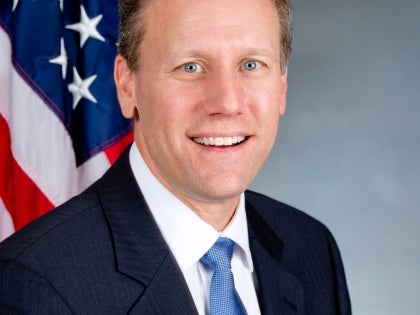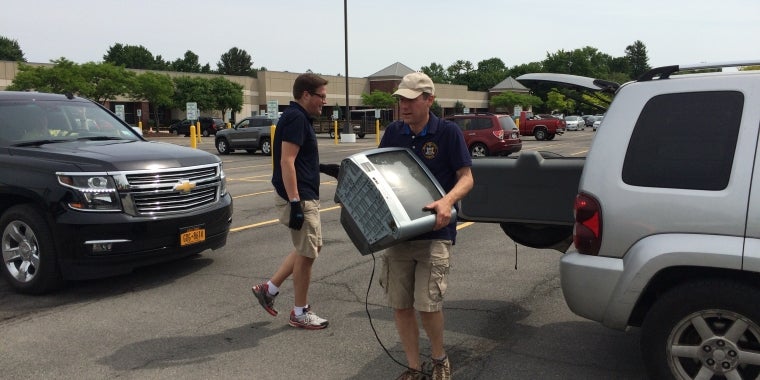
Sign the rehab bill
Buffalo News, published June 28, 2009
Now that the State Legislature once again passed a rehabilitation tax credit, Gov. David A. Paterson should sign that bill.
For the past few years, New York has had the opportunity to breathe life into urban neighborhoods and downtown cores, a chance to revitalize deteriorating housing and commercial property. The opportunity also offers the possibility of revitalizing historic structures.
But in order to make all this happen, the government needs to sign legislation sponsored by Assemblyman Sam Hoyt, D-Buffalo, and Sen. David Valesky, D-Oneida, to create an expanded historic preservation tax credit program.
This is an important piece of legislation that has wide-ranging economic stimulus potential for homeowners and developers interested in improving neighborhoods and central business districts. It could mean the difference between a developer tackling a rehab project for a long-vacant building or moving on to a project of less value to the community but with greater economic incentives. Projects might not get done without this expanded program.
Recently, Mayor Byron W. Brown drove the point home by calling a press conference to discuss the prospects of such notable older buildings as the Statler Towers, the former AM&A’s department store complex and the old Central Terminal on Buffalo’s East Side.
Brown and preservationists are absolutely on point in urging Paterson to take into account the fate of older buildings that could be put to better use with projects that also provide jobs and strengthen the business core. Homeowners too would have the ability to take care of needed infrastructure problems and improve the value of their properties and neighborhoods.
The facts in a nutshell: The commercial program provides a tax credit of 20 percent of rehabilitation costs up to a maximum of $5 million for substantial rehabilitation of properties listed on the National Register of Historic Places. The residential program is designed for owner-occupied houses listed on the State and National Registers of Historic Places and provides up to a $50,000 tax credit to cover 20 percent of qualified rehabilitation costs.
Both programs must be in distressed areas where the median income is at or below 100 percent of the state’s median family income. Homeowners earning below $60,000 per year have an opportunity to receive their tax credit as a refund. Moreover, similar tax credit programs exist in 30 other states and studies have shown that these programs create $3 to $5 of investment for every dollar of incentive provided by the state.
Credit is due Hoyt and Valesky for doggedly pursuing this legislation and working with their colleagues. It hasn’t been easy or quick, but it’ll be more than worth the effort if the governor finally signs this bill. He didn’t see fit to sign similar legislation last year because of cost concerns.
This year the program is limited to distressed neighborhoods, providing for lower cost estimates. What’s not to like?
Buffalo needs this program. In fact, all of upstate needs this program. Paterson has the ability, in a stroke of the pen, to provide the kind of economic stimulus in distressed and deteriorating areas that could turn Main Streets and blighted neighborhoods around and put people to work.
Sign the bill.


